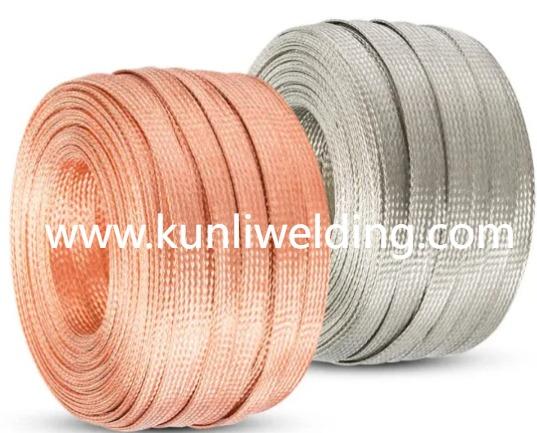Manufacturers and shop supervisors who want smoother joins and predictable output are paying closer attention to choices from Aluminum Mig Wire Manufacturers when they plan projects that rely on clean feeding and steady deposition. In a world where supply rhythms and electrification programs are reshaping demand, the right wire and the right maker can reduce interruptions and spare teams from costly rework.
Tip one Understand your application before selecting a wire. Different assemblies face different stresses and surface needs. Panels that will be painted or that remain visible call for a filler that yields a neat bead and requires little dressing. Structural pieces that will be repaired in the field benefit from a filler that supports durable joins. Matching the consumable to the role of the part narrows options quickly and helps procurement talk with suppliers in practical terms.
Tip two Validate feed behavior in the actual production environment. Wires that feed smoothly through an automatic rig cut down on stoppages and reduce the chance of wire jams. A short validation run under real shop conditions reveals whether a spool geometry and packaging suit your equipment and whether the chosen voltage and travel technique produce repeatable welds across operators. Suppliers that provide guidance on packaging and feed paths make these trials easier.
Tip three Store and handle spools so the wire arrives at the gun clean. Moisture and contaminants are common sources of porosity and inconsistent puddles. Simple storage practices such as protected cabinets designated feeding paths and labeled lot tracking help preserve wire quality from receipt to use. Some manufacturers publish specific storage notes and recommended handling to reduce the chance of wasted reels. Those practical habits keep runs steady and save time at the finishing station. A
Tip four Use short trials to balance appearance and throughput. When teams compare candidate wires they should run representative seams and then evaluate how much dressing and blending the bead will require for the intended surface treatment. This hands on approach shows the real finishing labor each option will demand and helps teams quantify the true cost per acceptable weld beyond the sticker price of a spool. Suppliers willing to send samples and to advise on parameters cut down the trial period.
Tip five Keep the supplier close to the process. In times when regional shifts and production adjustments are common procurement teams value vendors who can offer rapid sample access and clear technical support. A cooperative supplier relationship helps engineering and production align on feed technique joint fit up and storage so that qualification moves smoothly into routine runs. That kind of support reduces hidden onboarding costs and eases model changes on the line.
Beyond these five tips, modern conversations about welding also touch on sustainability and repair friendly design. Choosing wires that integrate with repair practices and recycling flows helps teams meet broader environmental expectations without adding complexity to daily operations. When procurement evaluates a consumable it helps to weigh its handling guidance packaging choices and how easily it can be validated under shop conditions. Those operational signals often matter more than a lower unit price when uptime and finish quality are priorities.
Practical implementation starts with a short checklist on the shop floor. Prepare representative test panels set up feed paths identical to production store spools according to supplier notes and run several seams across operators to measure repeatability of bead shape and heat input. Note how each spool finishes under the intended surface treatment and record handling steps that influence feed behavior. These low cost steps reduce surprises and help teams scale confidently when volume grows.
If your projects require reliable MIG consumables and practical supplier support consider partners who combine consistent production with clear handling guidance and sample availability. Reviewing product specifications and packaging options is a simple way to compare how different wires will perform in your process. To view a range of aluminum welding wires and related product notes see the aluminum alloy welding wire listings at https://www.kunliwelding.com/product/aluminum-alloy-wire/aluminum-alloy-welding-wire.html .



